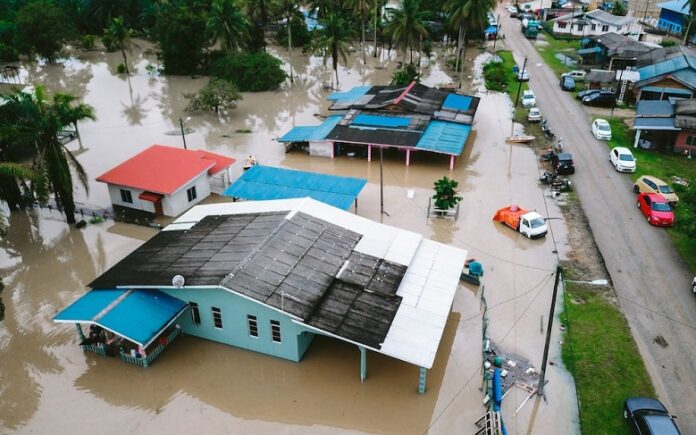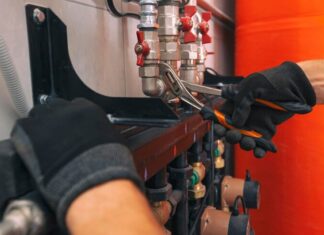A flood may be a terrible occurrence that leaves a path of devastation in its wake. In addition to the acute harm, mold is a lingering concern. The development of mold may seriously endanger your health and undermine the structural stability of your house. It is important to take prompt and deliberate measures to reduce the probability of mold infection. We have some ideas and for sure will teach you five essential tactics to reduce the likelihood of mold growth after a flood, giving you the authority to protect your house and well-being.
1. Rapid Water Extraction and Drying
Table of Contents
When your house is flooded, time becomes of the essence to stop the growth of mold. Drying thoroughly and quickly after water extraction is the first stage. Since mold grows best in wet conditions, it must be removed as soon as possible. After eliminating standing water using industrial-grade dehumidifiers and fans, use professional-grade water extraction equipment to speed up the drying process. The likelihood of mold colonization increases with the duration of water exposure. Mold is far less likely to take hold if afflicted areas are dried off during the first 24 to 48 hours.
2. Thorough Cleaning and Disinfection
Following a flood, your house turns into a haven for dangerous fungi and germs. It is important to thoroughly clean and disinfect in order to prevent the formation of mold. Start mold remediation by throwing away any water-damaged goods—like sodden carpets and highly polluted furniture—that cannot be repaired. Use an effective cleaning solution on surfaces that can be salvaged. Spores of mold may be removed using a specific antimicrobial cleaner or a detergent and water mixture. Particular care should be given to obscure or difficult-to-reach places—like under baseboards and within wall cavities—where moisture may persist. This rigorous cleaning schedule not only gets rid of the mold that is already there but also prevents it from coming back.
3. Adequate Ventilation and Air Circulation
The best possible ventilation is a formidable ally in the fight against mold. Make sure your house has enough ventilation after flooding to promote quick drying and prevent the spread of mold. To collect mold spores in the air, open windows and doors, run fans, and think about using air purifiers with HEPA filters. Use cross-ventilation strategies to let fresh air replace stale, humid air. Prioritize ventilation in locations like crawl spaces and attics where moisture retention is a common occurrence. Enough airflow not only speeds up the drying process but also makes the mold’s habitat unfriendly, reducing the possibility of a comeback.
4. Moisture Barrier Installation
You should think about adding moisture barriers to protect your house from potential mold hazards. These barriers serve as a barrier against water infiltration and are usually composed of impermeable materials like polyethylene. Install moisture barriers on the floors and walls, especially in crawl spaces and basements where moisture likes to collect. Moisture barriers lessen the circumstances that encourage the formation of mold by preventing water from penetrating porous materials. Building a wall or barrier between the structure of your house and any possible sources of water creates a strong barrier that keeps mold from creeping in.
5. Regular Inspections and Maintenance
Being vigilant is essential to keeping the area clear of mold after a flood. Make routine inspections of your house, paying particular attention to places like attics and basements that are exposed to water. Keep an eye out for indications of water damage, such as paint peeling, warping, or discoloration on the walls and ceilings. Leaks and water seepage should be fixed right away since even little problems may become serious mold hazards. To stop water from entering your house, do periodic maintenance on the roof and plumbing. Maintaining a mold-resistant home environment requires proactive upkeep and constant attention.
Conclusion
The fight against mold in the wake of a flood starts with quick decision-making. You may drastically lower the chance of mold infection by giving priority to quick water extraction, meticulous cleaning, and well-thought-out prevention measures. Including these professional-endorsed tactics in your post-flood rehabilitation strategy gives you the ability to take back control of the atmosphere in your house. Recall that time is of the essence—postponing treatment raises the risk of mold growth. Remain watchful, make expert investments when necessary, and strengthen your house to fend off the persistent danger of mold.











